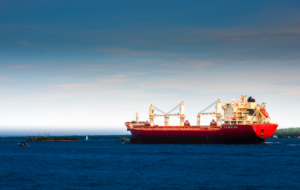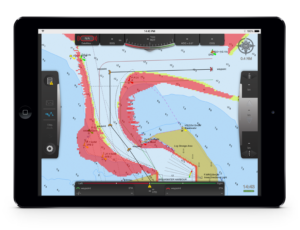TransitAnalyst Builds Momentum
2023 has been a year of significant growth for TransitAnalyst. We now have over 20 systems in ports throughout Australia and New Zealand, with new customers from Europe coming onboard at the end of this year.
Simultaneously we have ramped up our investment in more robust server and backend infrastructure, significantly grown our support team and resources, and continued to present (and listen to) our customers during the major pilotage conferences of 2023.
TransitAnalyst remains focused on its core vision – “to empower users with an easy to use tool for visualising, analysing, and acting upon pilotage big data”. We recognise that ignoring pilotage patterns and trends, or taking action only when a serious pilotage incident forces such action, is not defensible management in the modern era. Likewise we know there is demand for “quick answers” to common pilotage questions and issues. TransitAnalyst allows users to conveniently search across large transit volumes to get fast answers and take prompt action, via a tool that has been specifically designed for this purpose. We also remain committed to providing TransitAnalyst, and its growing analytical power and potential, at a price that is very compelling.
TransitAnalyst is now providing value to pilotage organisations, regulators and safety authorities, shipping companies, and maritime executives. In 2023, the software has been used to:
- support pilot training via logbooks and trainee/check voyage reviews
- help inexperienced pilots prepare for upcoming jobs via a quick inspection of previous (similar) jobs
- determine swept path plots of deep draft vessels in areas of proposed dredging or pipeline operations
- highlight variation in approach speeds into swing basins or channel gateways, encouraging discussion on standards and best practices
- uncover whether Masters comply with pilot directions after disembarkation
- confirm the impact of proposed harbour maintenance works on shipping and associated waterspace management
- define normal operating corridors (and ranges) in order to standardise pilotage plans and have greater visibility of the available safety margins
- import high fidelity PPU data to complement TransitAnalyst’s enhanced AIS data in support of berthing analysis
- analyse passing distances of meeting vessels to design pilotage plans that provide adequate vessel separation based on real data
- validate and report on DUKC (and UKC) requirements and procedural compliance
- support berth expansion and infrastructure projects via analysis of approach speeds, angles of approach, swing basin utilisation, and potential berth impact forces
- challenge and redefine weather operating envelopes based on risk assessments derived from historical transit data
- determine compliance with regulatory and/or company safety requirements and procedures
- provide a library of benchmark manoeuvring diagrams for use in MPX
- validate on water performance against advanced pilotage plan metrics that have been designed during bridge simulator sessions
We continue to be amazed by the range of use cases and benefits that have been discovered by our customers. And in 2024 this operational feedback will continue to drive our TransitAnalyst roadmap, exactly as it did in 2023.


